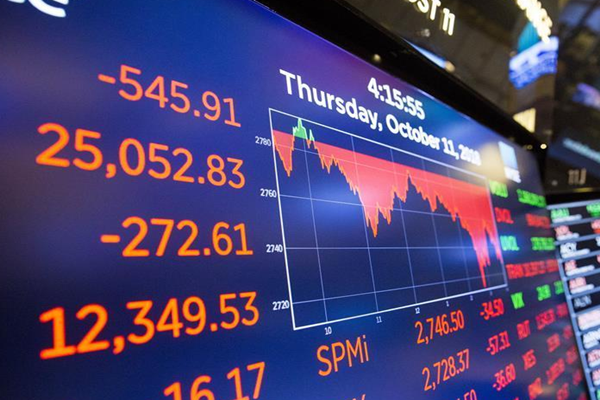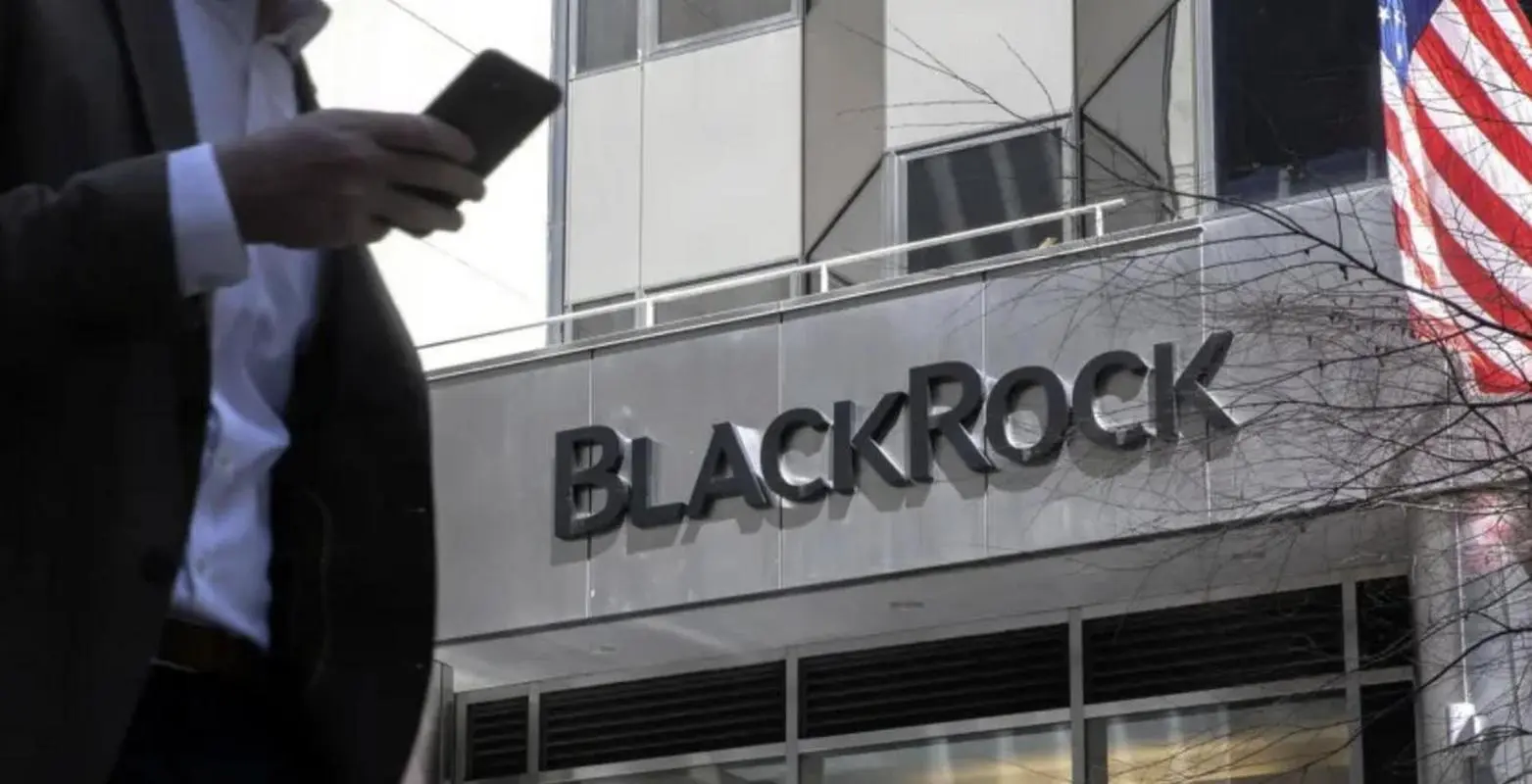Visa Inc. (V) saw its stock surge by over 2% in pre-market trading on April 24th, following the announcement of its second-quarter earnings report, which surpassed market expectations.
For the second quarter, Visa reported robust financial results, outperforming market forecasts and demonstrating its resilience amidst ongoing economic challenges. The company’s ability to exceed market expectations reflects its strong business fundamentals and strategic resilience in the face of adversity.
Visa’s impressive performance in the second quarter is indicative of its continued dominance in the payments industry. Despite market uncertainties, Visa has managed to sustain its growth trajectory and deliver value to its shareholders.
Investor confidence in Visa’s prospects has been bolstered by its strong second-quarter performance, leading to a significant increase in the company’s stock price. The positive market reaction underscores Visa’s status as one of the best stocks to buy for 2024 and beyond.
Looking ahead, Visa remains well-positioned to capitalize on emerging opportunities in the digital payments space and drive future growth. With its innovative solutions and expansive global network, Visa is poised to maintain its leadership position in the payments industry.
In conclusion, Visa’s exceptional second-quarter performance reaffirms its status as a top-tier investment choice. As the company continues to deliver strong results and navigate evolving market dynamics, it presents compelling opportunities for investors seeking stable returns and long-term growth potential.



